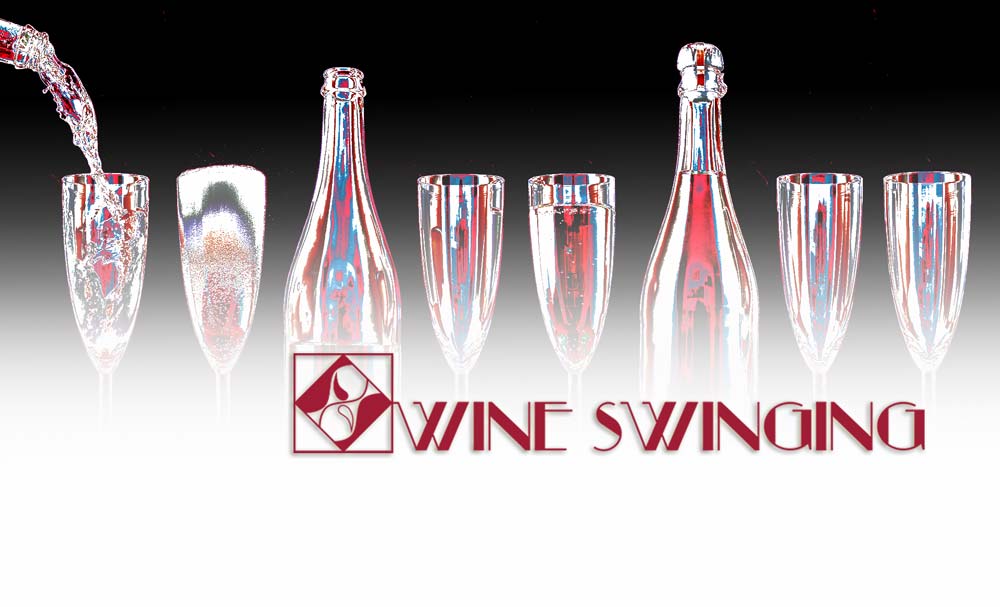2013 San Polo Brunello di Montalcino comes from the Italian royal family of “Three Big B’s”: Barolo, Barbaresco, and Brunello.
Brunello made with 100% Sangiovese, the same grape used to make the most famous Italian wine – Chianti. Both Chianti and Brunello come from Tuscany but have a different status. While Chianti is like Ford of Tuscany, Brunello di Montalcino is like Ferrari.
Why Brunello?
It takes its name after Brunello, roughly translated as “nice dark one” in the local dialect, is the unofficial name of the clone of Sangiovese known as Sangiovese Grosso.
Records of the earliest production of this wine on the hills of Montalcino in Tuscany date back to the mid-1800s. Originally known and appreciated only locally due to its quality and high selling price, Brunello di Montalcino gained fame in 1950, conquering first the Italian market and then worldwide recognition.
San Polo Winery
San Polo winery is situated in Podernovi, on the southern slope of Montalcino. The locals call this area Mezzopane, meaning that to admire the beautiful view is to ‘take one’s fill,’ like food for the soul.
The concept of San Polo is a cross between tradition and modern winemaking. Winery prioritizes eco-friendly and sustainable approach to grape growing in this historic terroir and utilizes cutting-edge winemaking techniques.
2013 San Polo Brunello di Montalcino Tasting Notes

We were very impressed by how approachable 2013 San Polo Brunello di Montalcino is at this relatively young age. Typically, Brunello needs time to mature and soften the tannins that may mask some of the fruit and complexity of this wine.
In a glass, it shows off its origin from Sangiovese Grosso with a vibrant ruby color. The aromas are a seductive bouquet of bing cherry, violets, cigar box, damp earth, and bay leaf. San Polo excited our taste buds with flavors of prune, dried cherry, cocoa nibs, and a hint of cured meats. The finish is long with plumy and smokey notes.
2013 San Polo has what we expect from excellent Brunello – complex character that provides exciting wineswinging experience.
There’s one major drawback to this wine, though. You may regret ever tasting it. Ever since we had our first Brunello, it became hard to drink Chianti. There’s a sea of crappy Chianti at the stores, and a good one may cost as much as Brunello. Besides, it can be easily substituted by delicious everyday wines at the same price point from other Italian regions.
So when it comes to Sangiovese, we’re spoiled by Brunello, and 2013 San Polo is another memorable wine on our wineswinging journey.
Have you tasted Brunello? Do you still drink Chianti after it?




